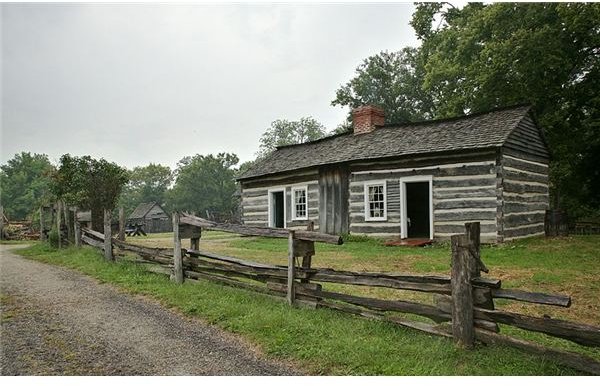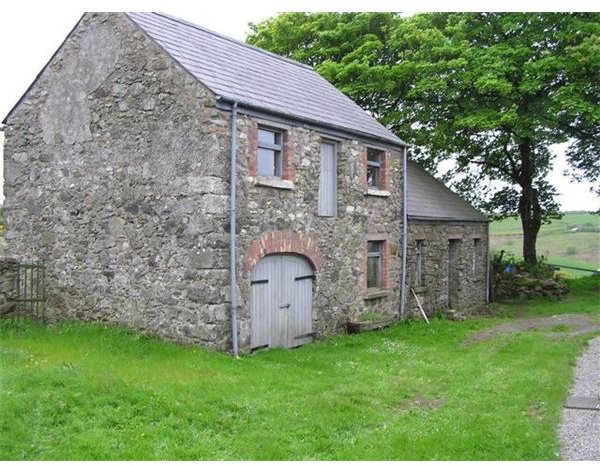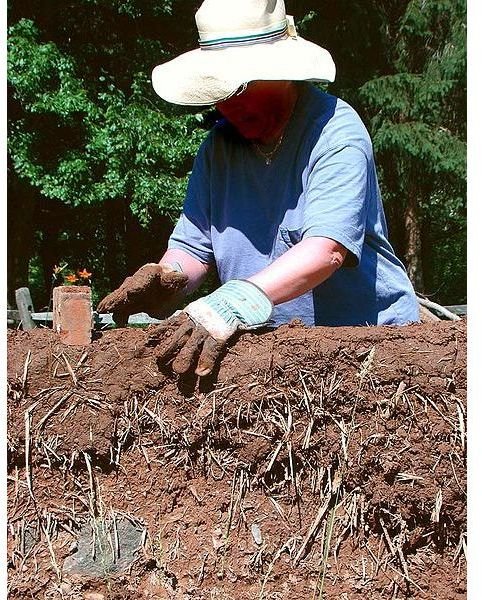Using Naturally Occurring Building Material can be a Greener Gesture
Mud as a Building Material
One of the most versatile of naturally occurring building material is earth. It is available anywhere all over the world and in fact has been used as a material for construction for thousands of years. It is even now a very commonly used material in many villages and small settlements in Africa and Asia, and it is estimated that even now over one third of the world’s population lives in mud houses.
One of the main advantages of mud houses is that the material is always locally available and requires very little skill to convert into a material for building walls for homes. The interiors of such homes remain very cool. Quite often mud is used in conjunction with a framework again made from other naturally occurring materials like tree branches, straw, or bamboo. The mud is normally used in the form of clay that is made up of only finer particles of the material. It can be mixed with sand or crushed rock. Wall thicknesses can be as high as 36 inches, which can allow walls to go up to heights of over 20 feet. Straw or hay is used to form continuity between layers. Both material and labor costs for building such mud houses are considered negligible because most of them are built with material available in the area and by people who are going to inhabit the house and therefore contribute their labor freely. Roofing for mud houses is generally made using tree branches, straw, and other such material. In places, you will find roofs made of metal or plastic sheets or even country tiles, but this will largely depend on the economic condition of the person building the house. Floors can also be made of mud and are quite often worked over with other natural materials to give surfaces that function as well as other artificial materials like tiles.
Clay and mud are also used to make bricks that allow for better buildings. The manufacture of bricks does require kilns, but sun dried bricks are also commonly used. Bricks allow walls to be thinner and of more regular shape.
Image source: Wikimedia
Wooden Homes Are Making a Comeback

It is a rare person who will be unaware of log cabins made entirely of wood, which is another naturally occurring building material that can be used for building homes. Walls made of logs can be made absolutely weatherproof by filling the gaps between logs with mud or other material. Another form of naturally occurring building material that is also from plant sources is straw bale and bamboo. Straw is something that can be grown anywhere and even in today’s world over 200 million tons of straw requires to be disposed of every year in the U.S alone. Straw densely packed together can help to build walls that literally keep all the heat out of the home. Such buildings were even built 200 years ago and some of them are still standing. Bamboo houses will be similar to log cabins, and their use as a building material is probable more common in areas where this grass does grow in plenty.
Image Source: Wikimedia
Stone Has Always Been Used for Buildings

Stone is another naturally occurring building material that is still in very wide use for construction. While naturally occurring stone or boulders can be used along with lime or other mortars to form very strong walls, houses using just dry stone are not unknown. Even now they are very commonly used for building walls and fencing for areas. The cost of stone as a building material goes up when the stone is required to be cut into regular shapes and rises further when this stone has to be transported over large distances. But the very fine finishes that some stones like marble and granite have led to their being used as a building material for buildings that are thousands of miles away from the quarries. It is a rare public building anywhere in the world which does not boast of expensive marble or granite cladding and flooring.
Image source: Wikimedia
Waste Material for Building
Environmentalists the world over have made a case for reducing waste and dependence on landfills to dispose of garbage. This has led to scientists examining the possibility of using such waste in materials for building. While these materials like rice husk, engineered wood and others are not strictly naturally occurring building materials, the reuse of waste can help in the larger object of creating an environment that uses material that does not impinge on other natural resources. After all even naturally occurring building materials like wood, stone, and mud are resources that can be depleted, however abundant they may seem at the moment.
References
- Network Earth – The History Of Cob
- Green Home Building- The Beauty of Mud and Straw
- Hub Pages – Interesting Natural materials
